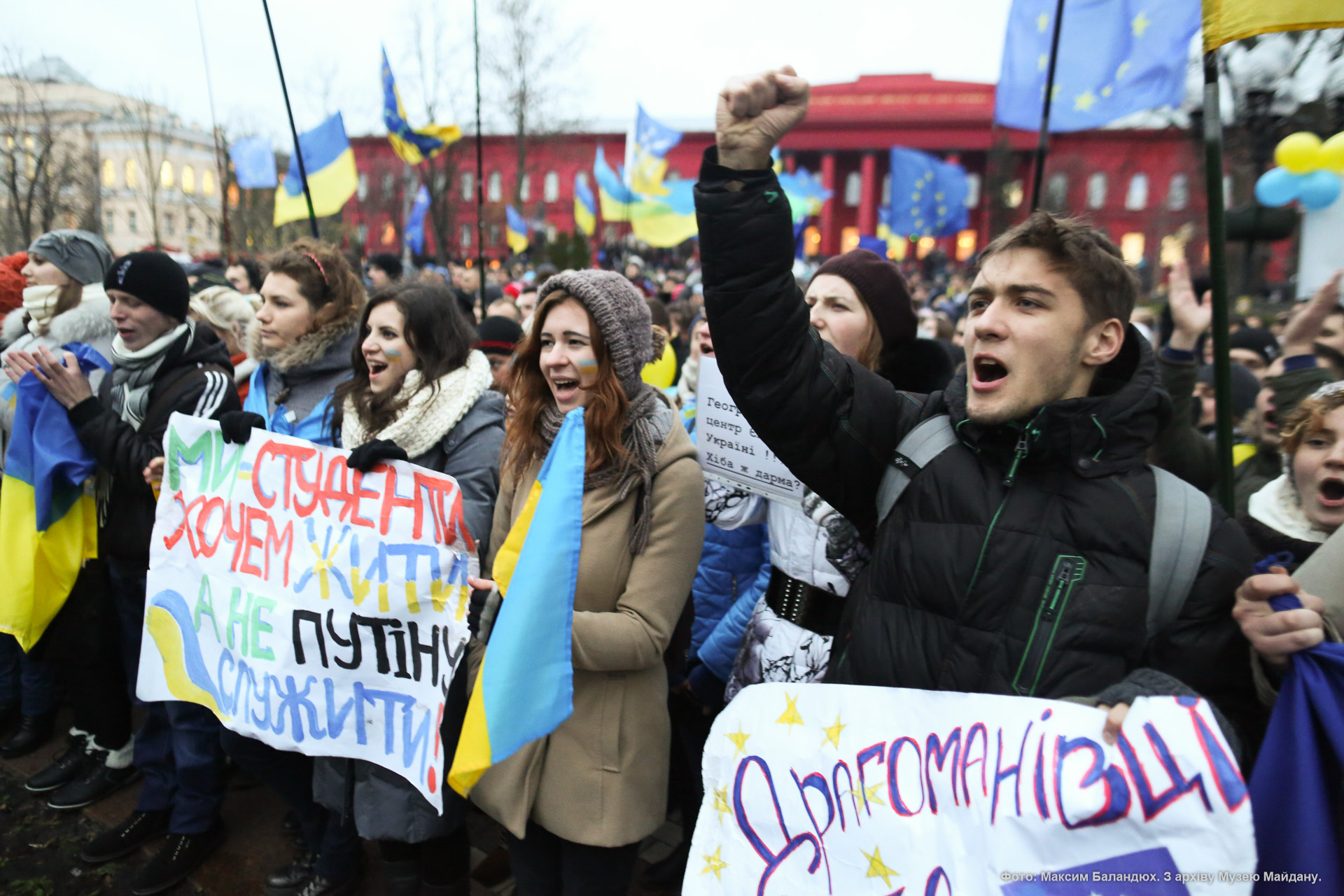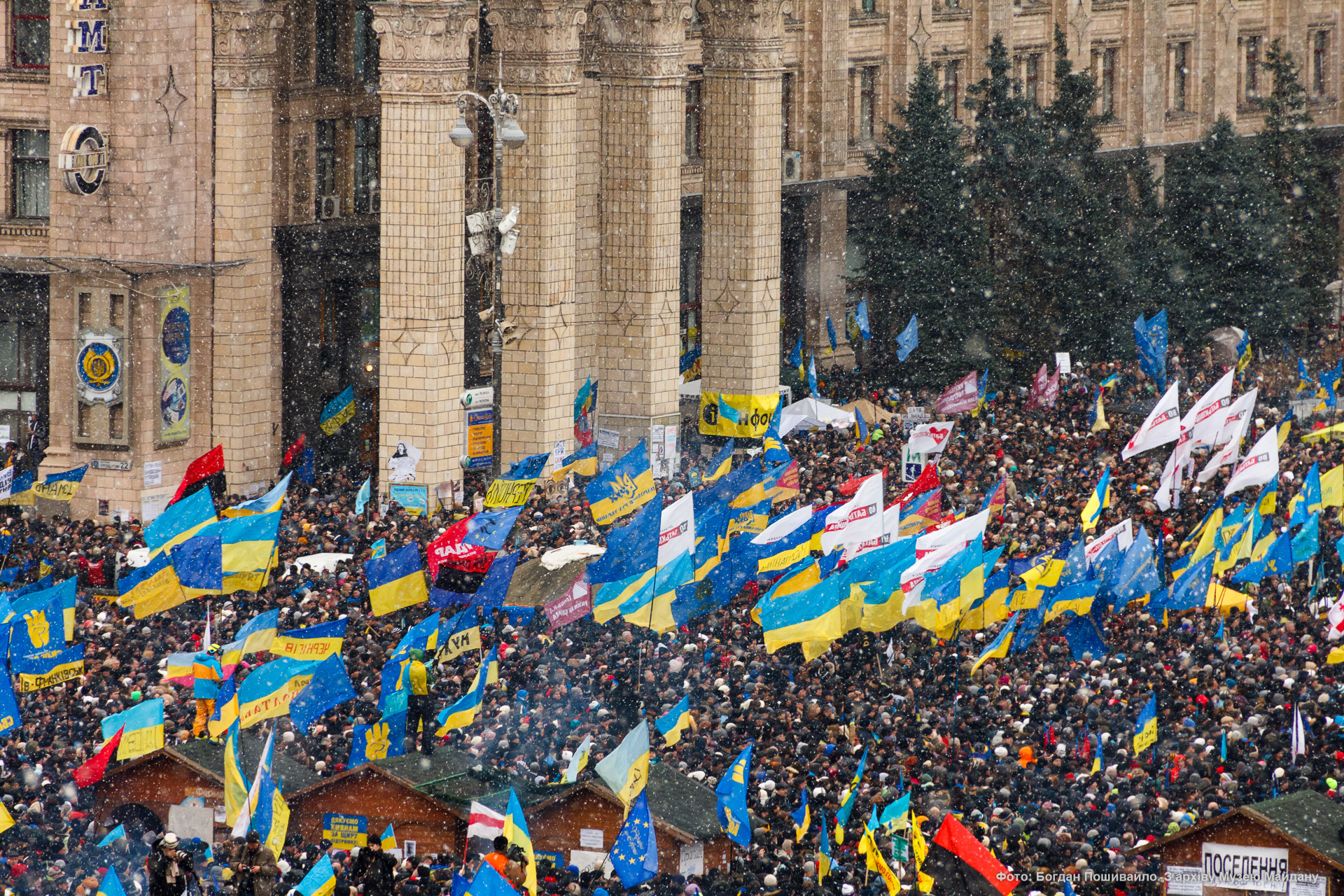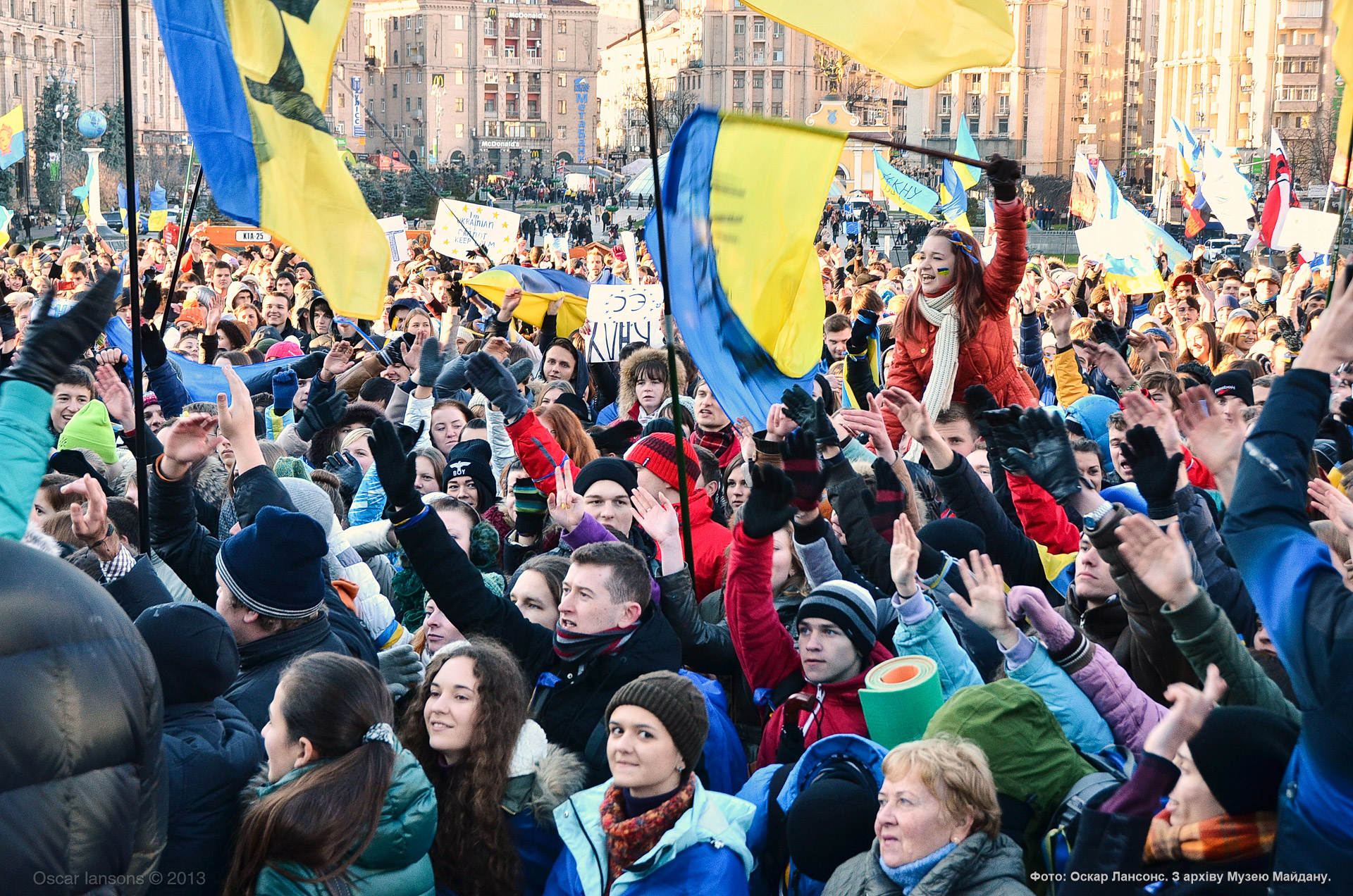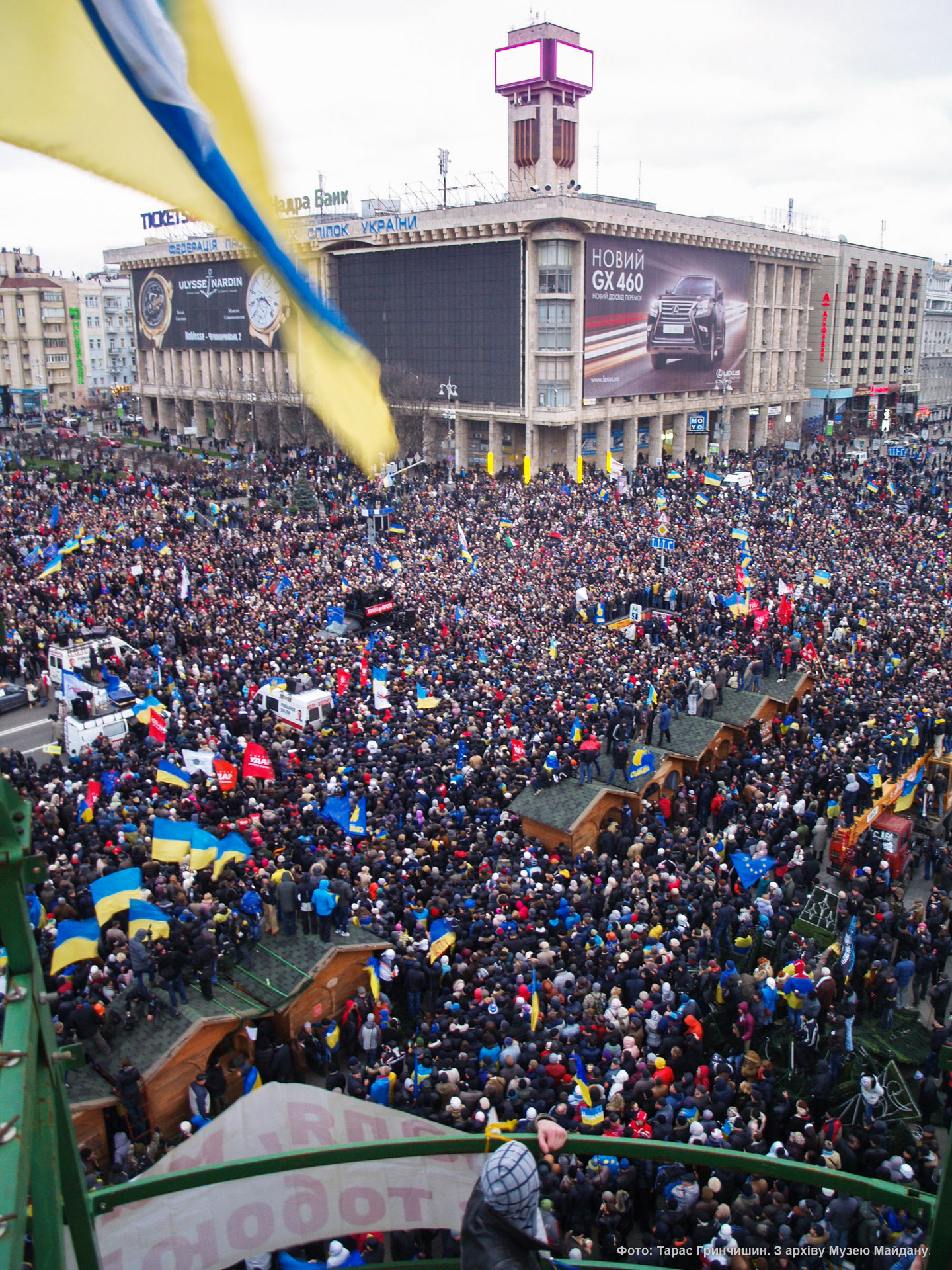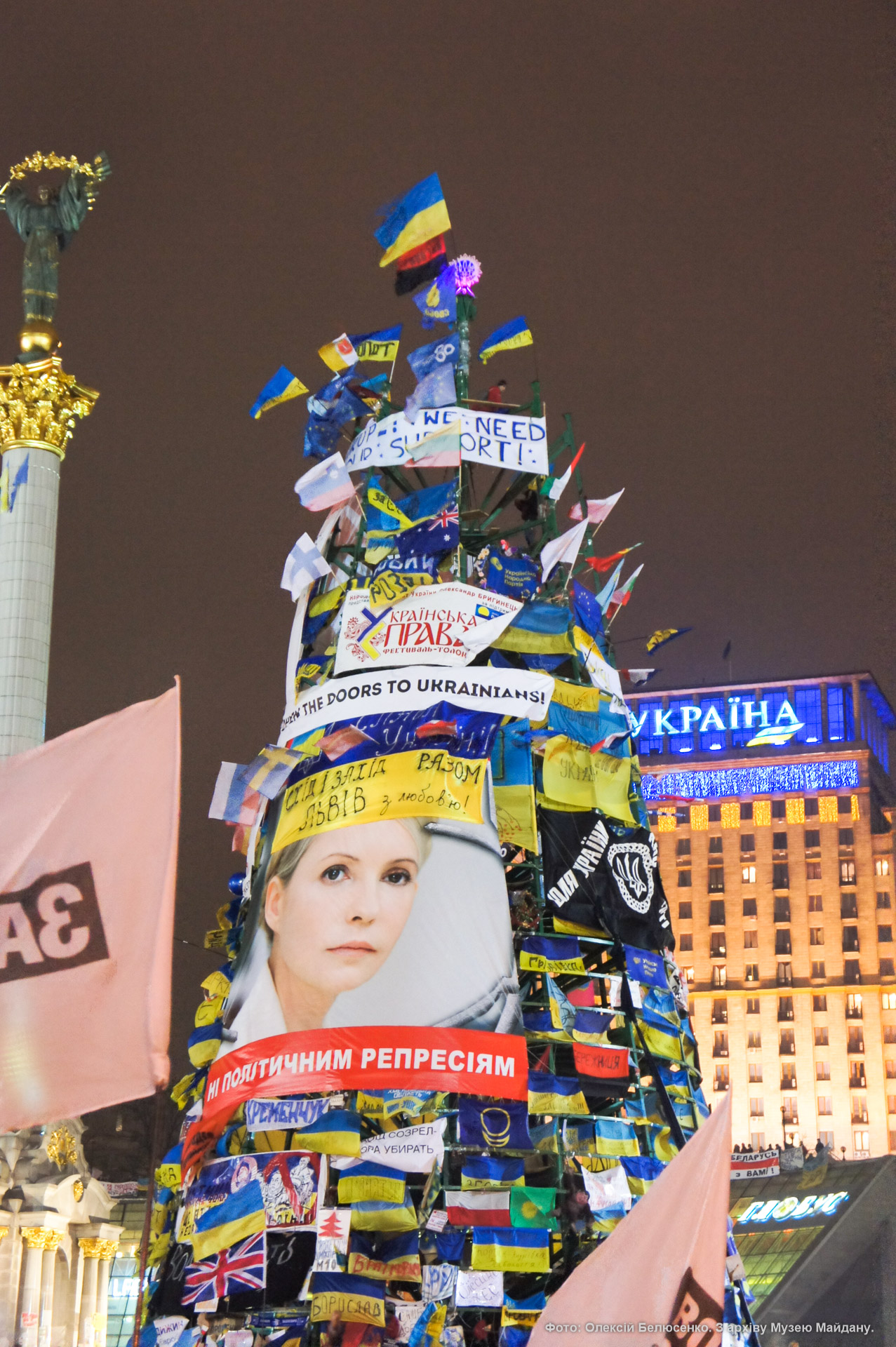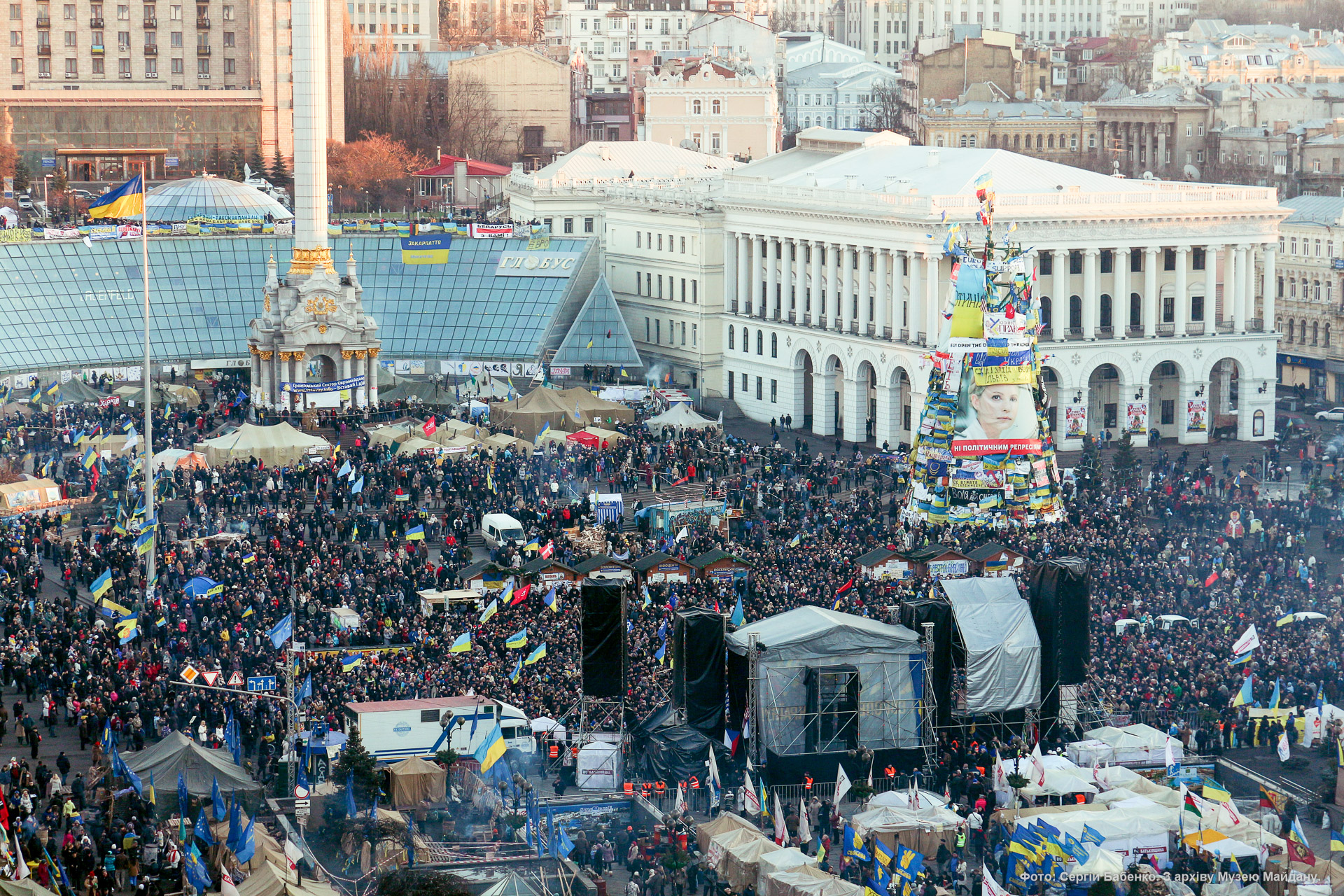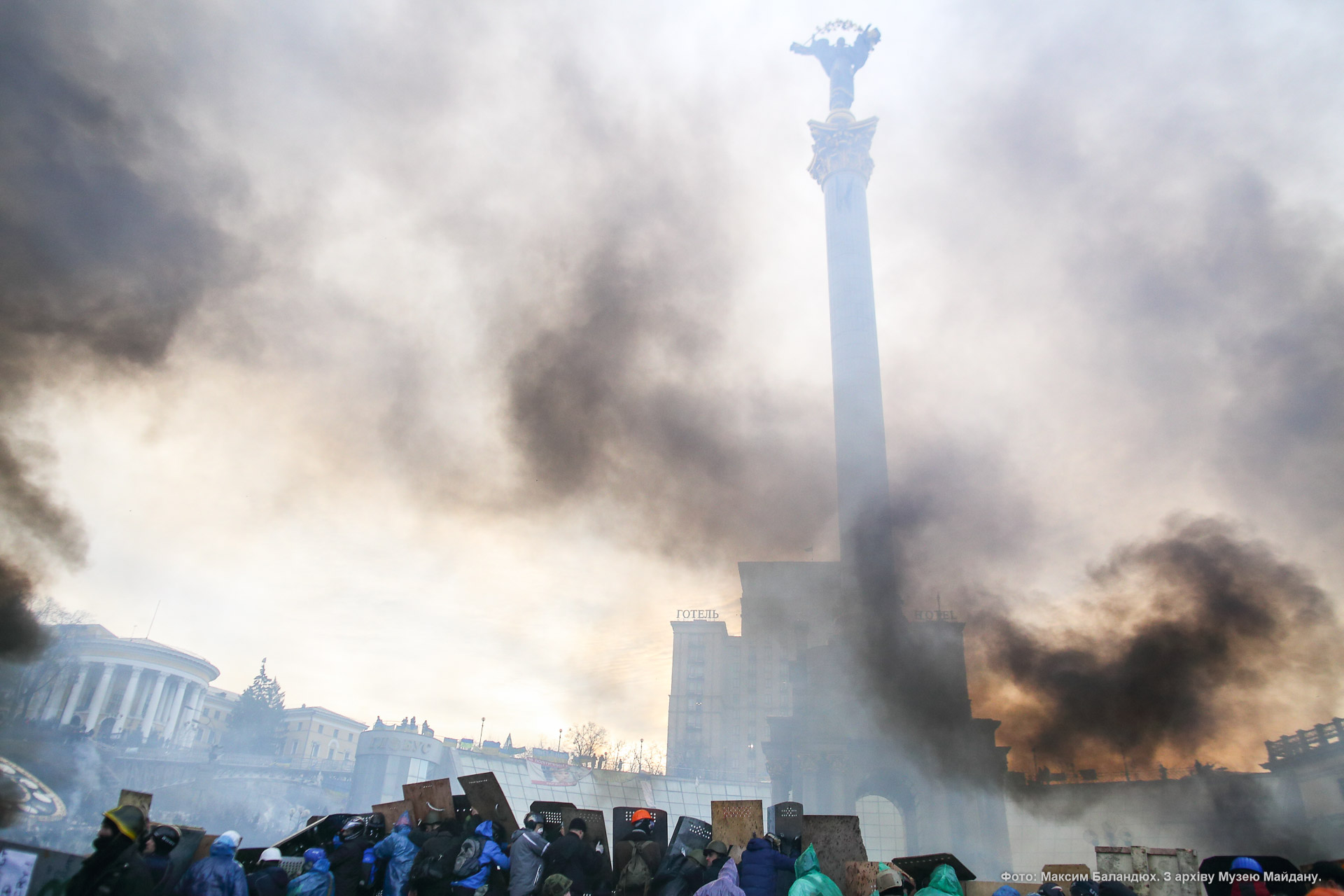
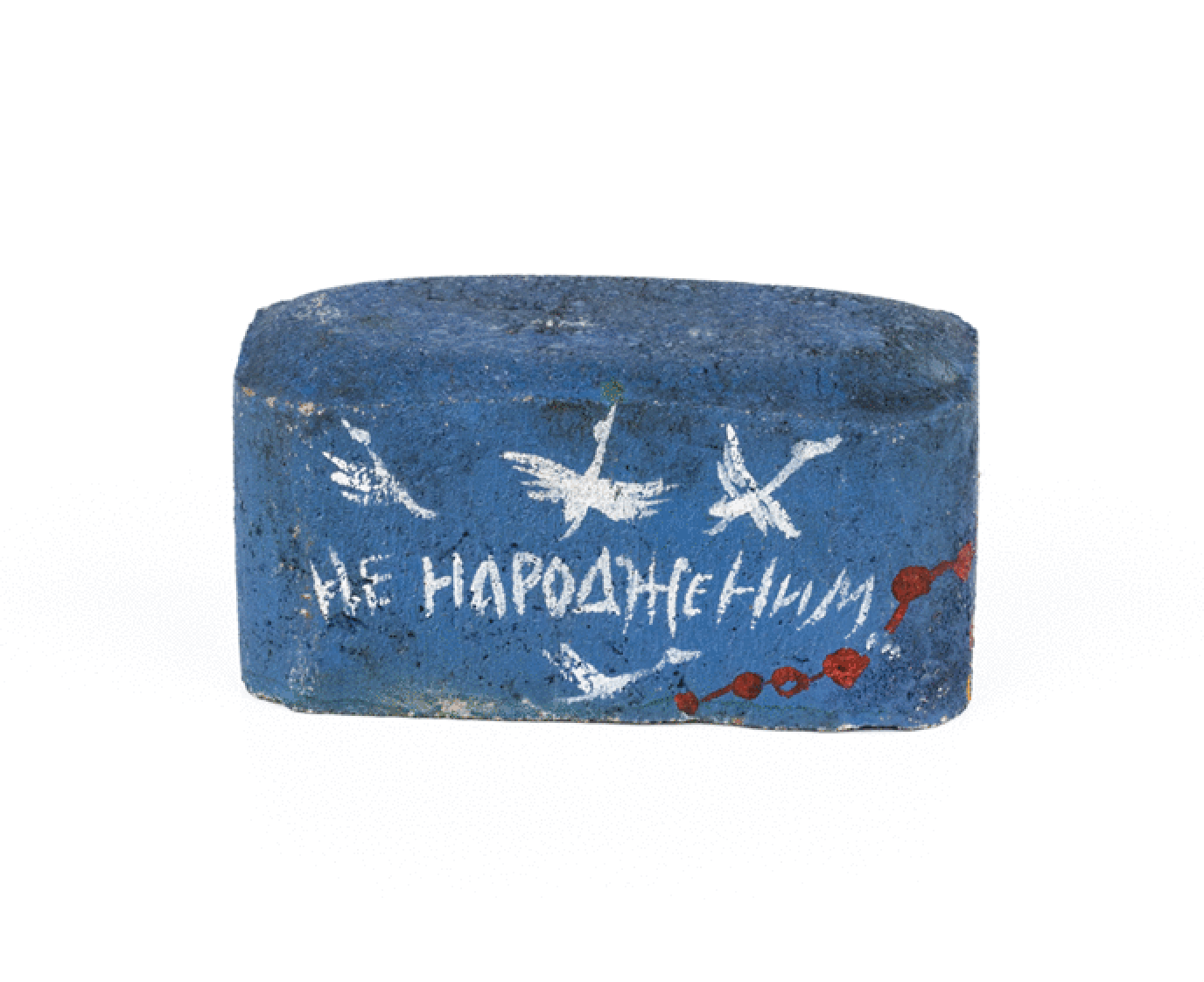
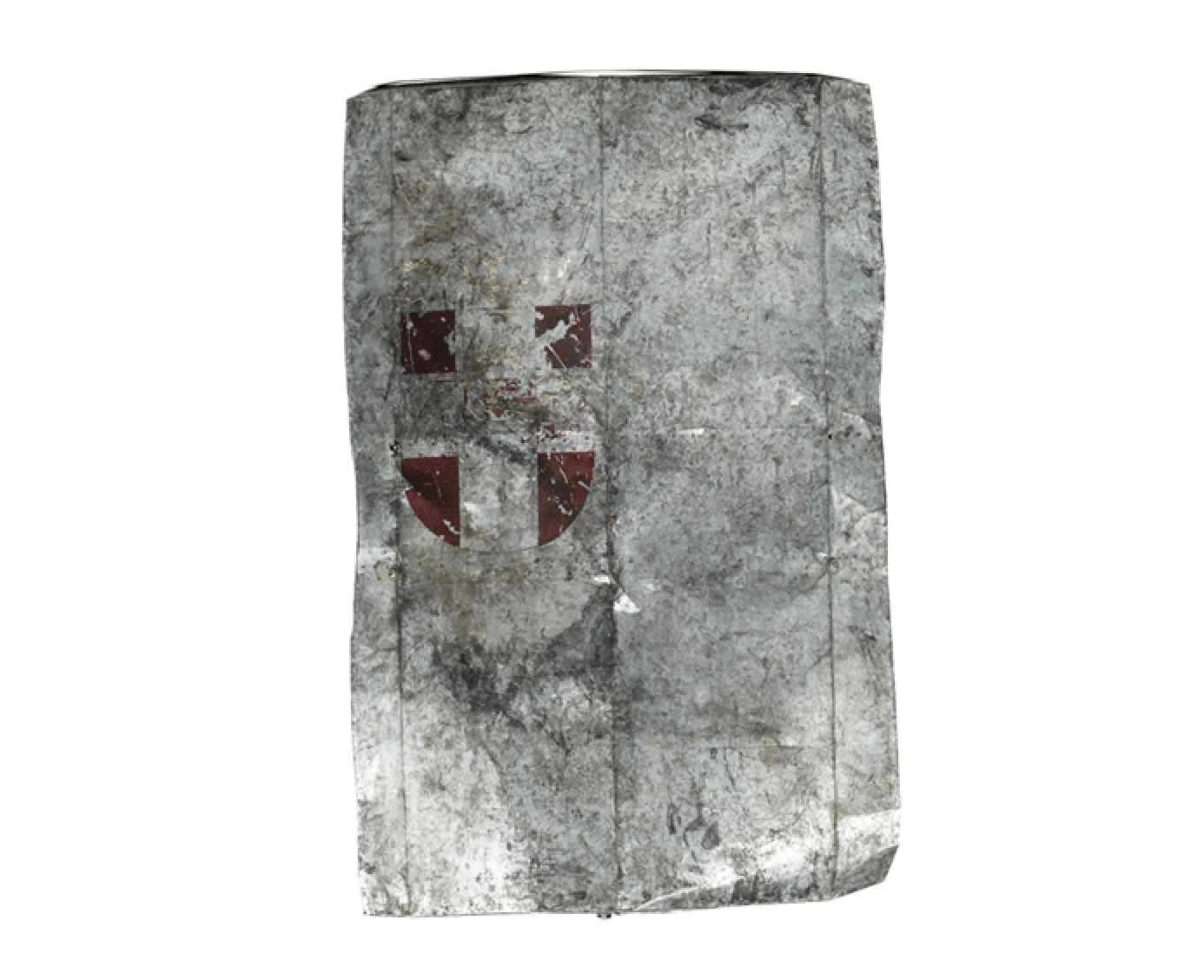
YolkaIndependence Square
On November 21, 2013, the Ukrainian government announced its decision to not sign the Association Agreement with the European Union. Ukraine had been working towards this signing for years, and the signing was to take place in a week, during the summit in Vilnius, Lithuania. This rejection of European integration came from the government’s pro-Russian stance and pressure from Moscow. Russia swiftly offered an alternative: integration into their Customs Union. Joining the Union meant a narrowing of national sovereignty, increased economic and political dependence, and a threat to Ukrainian statehood.
On the same day, people took to the streets in protests across Ukraine. In the first hours, hundreds, then thousands, and a few days later hundreds of thousands protested on the streets of Ukrainian cities, especially in Kyiv. The around-the-clock protest on Independence Square started on November 21. President Yanukovych did go to Vilnius but did not sign the Association Agreement with the EU. Upon his return, he tried to disperse the peaceful protest on Maidan.
The formal reason for the forceful dispersal was… the need to install a Christmas tree. The name ‘Yolka’ came from the 2010 TV interview with Yanukovych. He could not remember the Ukrainian word for Christmas tree(yalynka) and used a Russian word (yolka) instead.
On the night of November 30, special police forces surrounded the protesters and attacked them with particular brutality. Many activists ended up in hospitals and police stations. Some managed to escape and hid behind the walls of St. Michael’s Golden-Domed Monastery.
The brutality that was supposed to frighten people stirred up society. The very next day, on December 1, 2013, Ukrainians went on the largest protest in the country’s history – about a million people marched to Independence Square in Kyiv. The sea of people forced security forces, which were previously guarding the perimeter of the Square, to flee. Having crowded Khreshchatyk and Maidan Nezalezhnosti, the protesters organized a stage, set up the first tents, and announced an indefinite protest until the authorities punished those responsible for beating the protesters and returned to the European integration course.
It was the beginning of the Revolution of Dignity. The Yolka turned from a symbol of government arbitrariness to a symbol of protest. Protesters decorated its frame with flags and protest banners and used its artificial branches to build barricades.
Yolka wasn’t damaged during the storming of Maidan on February 18, 2014. People managed to save some of the posters and metal frames of the Christmas tree. These artifacts are now a part of the National Museum of the Revolution of Dignity collection.
How was it...
Спогад від учасника подій:
As people approached the Maidan, they tore down the barricades and occupied the entire square in a matter of minutes. The sea of people filled the Square’s entire huge basin. Still, there wasn’t enough space. People walked further down Khreshchatyk, toward European Square, and climbed the slopes near the October Palace.
In the middle of the Maidan, closer to the conservatory, an ugly frame stuck out – the base of the “yolka”. Some brave man climbed up it and attached the flag of the European Union to the top…
Sign up for a tour
Сontacts
National Memorial Complex of the Heavenly Hundred Heroes - Museum of the Revolution of Dignity 9 Lavrska Street, building 20, Kyiv, 01015
+38 044 229 40 13 maidanmuseum@gmail.comOur socials:
«Terra Dignitas AR»
It is the first attempt to "revive" the Kyiv Maidan of 2013-2014 and recreate the image and spirit of the historical events of the Revolution of Dignity by means of augmented reality.
Your opinion is important to us. We need to hear from you both a kind word and constructive comments. This contributes to the improvement of our work.

